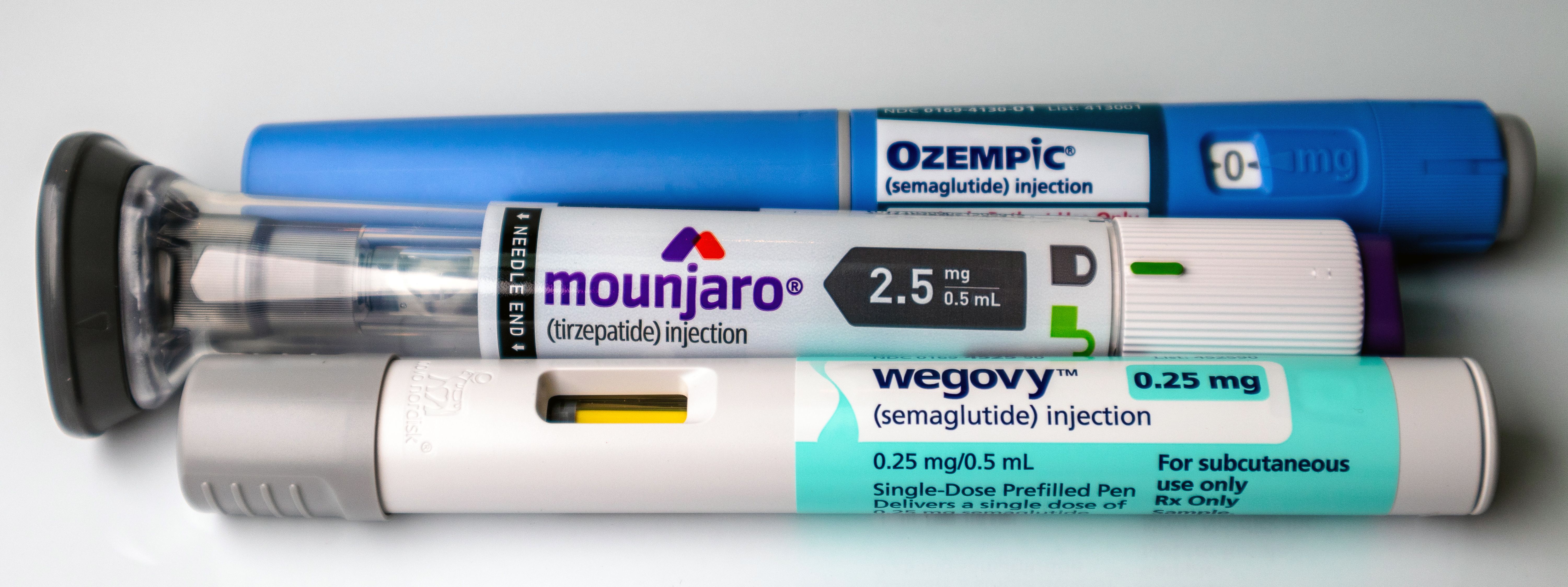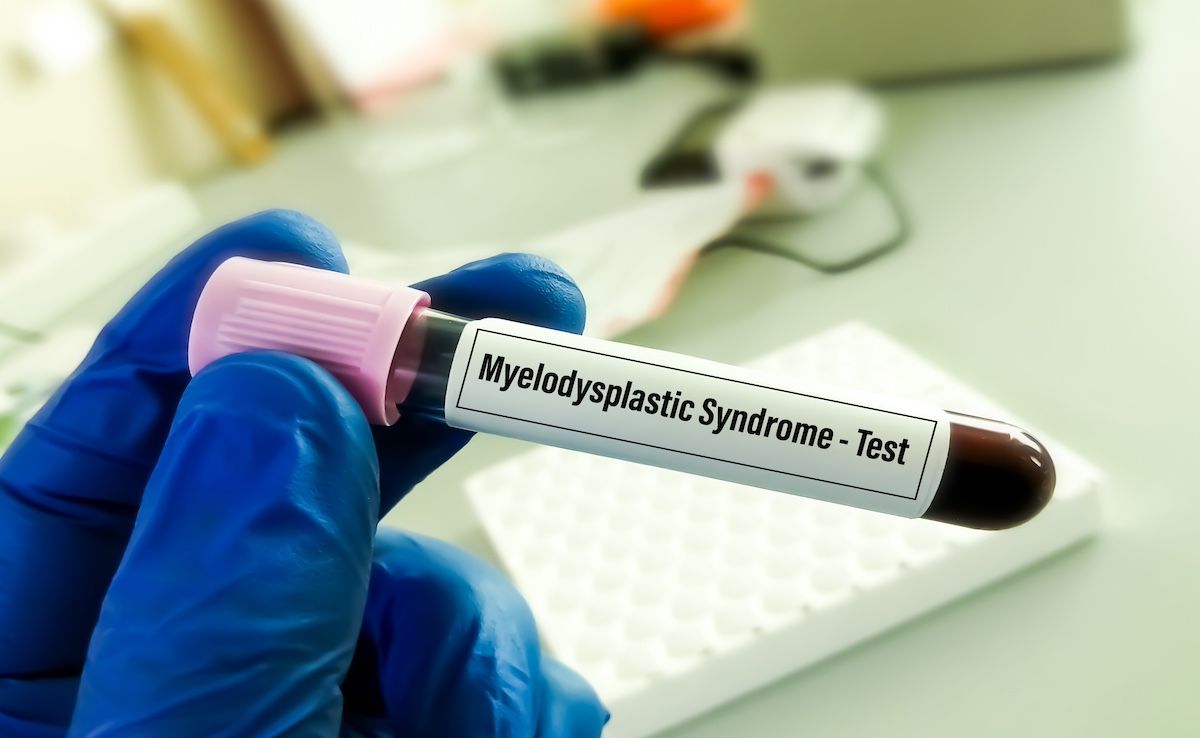Article
T1D Often Associated With Prevalence of Other Autoimmune Diseases
Author(s):
The 10-year follow-up in the DIACAM 1 study demonstrated a notable increase in prevalence of different types of autoimmune diseases among patients with type 1 diabetes (T1D).
Type 1 diabetes (T1D) is often associated with other types of autoimmune diseases (ADs), according to a study published in Medicina Clinica. The DIACAM 1 study consists of 2 analyses: 1 performed in 2010 and another in 2020 after a decade of follow-up.
This 2020 analytical cross-sectional study included 1121 adults with T1Dactively attending follow-up appointments at endocrinology clinics, compared with 1465 participants in 2010, reflecting a retention of 76.5%. The ratio of men to women in the study was nearly equal in both analyses.
The median (SD) age was reflective of the 10-year time frame, being 39.4 (13.5) in 2010 and 49.4 (12.8) in 2020.
In the second analysis in 2020, the median age of diagnosis and duration for T1D were 21.1 (11.7) and 28.9 (10) years, respectively, and mean hemoglobin A1C (HbA1c) level was 7.66% (1.06%).
The authors looked for prevalence of autoimmune thyroid disease (ATD), celiac disease (CD), autoimmune gastritis (AG), and vitiligo.
After 10 years of follow-up, the authors found a notable increase in different types of ADs in patients with T1D, saying it seems necessary to implement systematic screening of these ADs to optimize patient follow-up.
Between 2010 and 2020, there was an absolute increase of 13% (95% CI, 11-15; P < .001) of patients with at least 1 AD, and an absolute increase of 11.6% (95% CI, 9.7-13.5; P < .0001) of patients with any type of autoimmune thyroid disease (ATD).
Similarly, prevalence of CD, AG, and other ADs significantly increased.
The authors noted ATD prevalence also increased in the general population, although it is unclear whether this increase is due to an actual increase in cases or improved diagnostic techniques and clinical practice. They also noted ATD prevalence in the general population has been shown to increase with age and in women.
Multivariate logistic regression analysis showed the factors independently associated with the presence of ATD were female gender (odds ratio [OR] 2.9; 95% CI, 2.3-3.7; P < .0001) and presence of type 1b or idiopathic diabetes (OR 0.5; 95% CI, 0.3-0.9; P = .041).
AG was the second most frequent AD in this study, followed by CD.
“One striking finding in the results of this study is that there is an increase in the prevalence of AD up to 30 years of [type 1 diabetes mellitus] duration, after which the prevalence begins to decline,” the authors said. “One possible explanation is that, in subjects with a longer DM1 duration and usually also older, screening for ADs decreases, especially in relation to the determination of specific antibodies.”
They added that systematic screening of these ADs, especially ATD, should be implemented.
Reference
Herranz-Antolín S, Sastre J, Gonzalvo-Díaz C, et al. Prevalence of autoimmune diseases in patients with type 1 diabetes mellitus. DIACAM 1 study 2010-2020. Med Clin (Barc). Published online November 4, 2022. doi:10.1016/j.medcli.2022.01.027
Newsletter
Stay ahead of policy, cost, and value—subscribe to AJMC for expert insights at the intersection of clinical care and health economics.





